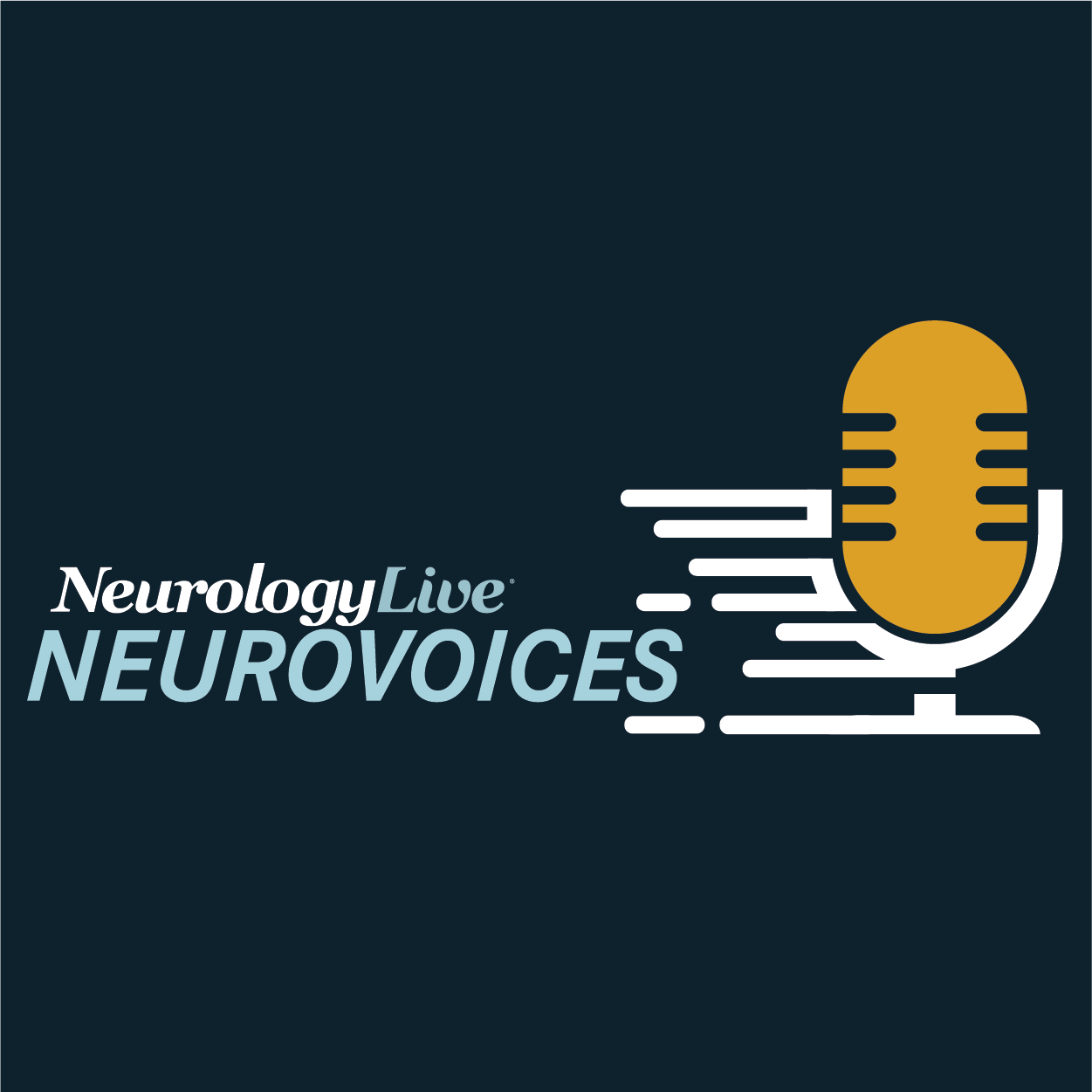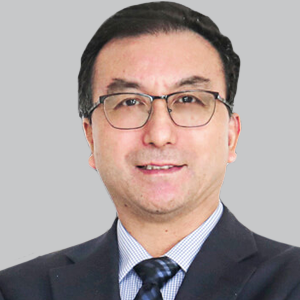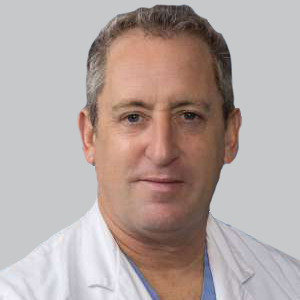News
Article
NeuroVoices: Véronique Miron, PhD, on Exciting Developments and Expectations for ACTRIMS 2025
Author(s):
Key Takeaways
- The ACTRIMS Forum 2025 will emphasize collaboration in MS research, featuring sessions on machine learning, new therapeutics, and updated diagnostic criteria.
- The theme "Making Connections" highlights the importance of collaboration between researchers, clinicians, industry, and the MS community for advancing MS care.
The John David Eaton Chair in Multiple Sclerosis at the University of Toronto gave an overview for the upcoming ACTRIMS Forum, highlighting key sessions, themes, and advances in the multiple sclerosis field.
Véronique Miron, PhD

The Americas Committee for Treatment and Research in Multiple Sclerosis (ACTRIMS) Forum, a conferenced dedicated multiple sclerosis (MS) research and care, is scheduled for February 27 to March 1, 2025, in West Palm Beach, Florida. Themed “Making Connections,” this annual meeting highlights novel and rigorous scientific discoveries in MS, aiming to inspire attendees, foster connections, and advance discussions in MS research and clinical care.
In 2024, the organization welcomed over 1200 attendees to the meeting, including neurologists, researchers, and industry professionals focused on MS. A total of 350+ abstracts were submitted, with over 60 oral presentations and 200 poster presentations chosen to showcase cutting-edge research. In addition, the meeting hosted over 15 industry-sponsored symposia, exploring topics such as novel therapies, biomarkers, and real-world evidence in MS management.
As part of a new iteration of NeuroVoices, NeurologyLive® sat down with ACTRIMS chair Véronique Miron, PhD, to discuss the ins and outs of this year’s meeting, including what clinicians can expect from the agenda. Miron, the John David Eaton Chair in Multiple Sclerosis at the Barlow MS Center, University of Toronto, provided context on this year’s theme, which underscores the importance of fostering collaboration. In addition, she highlighted some of the notable sessions, including those focused on machine learning applications in MS care, such as predicting progression and improving imaging analysis, as well as the exploration of new therapeutics. Miron also provided context on how this year’s curriculum aligns with the updated MS diagnostic criteria, with discussions on their real-world application and the potential for broader treatment options.
NeurologyLive®: What was the reason behind this year’s theme of "Making Connections?"
Veronique Miron, PhD: My thinking was that as the MS field continues to grow and become more complex, it’s increasingly important for us to emphasize connections—on several levels. First, there’s the connection between researchers and clinicians to foster collaborations that advance research. Then, there’s the connection between researchers, clinicians, and industry, which is critical for translating research into clinical advancements. I also think it’s vital to strengthen our connection with the MS community to ensure we’re effectively communicating these developments and meeting their needs with our work.
That’s really the idea behind the theme, and we’ve tried to weave it throughout the scientific sessions and programs. For example, we have a session on connecting aging to MS pathology and progression, another on linking MS to other inflammatory conditions to explore similarities, and a session on using machine learning to connect clinical data with insights on MS progression and risk. We even have sessions on literal connections, like repairing connections through remyelination and understanding the importance of connections within the CNS and between the CNS and the rest of the body in influencing MS.
Among the many notable sessions, which should clinicians focus on?
I’m excited about all of our sessions, but there are two I’d like to highlight for clinicians. The first is the session on connecting data to the clinic using machine learning—a hot topic right now. Machine learning helps us analyze large datasets to generate new hypotheses about MS and better interpret clinical data. This session includes talks on using machine learning to predict MS progression, analyze immune cell profiles, and improve imaging analysis in MS. There’s also a debate on whether machine learning supports the existence of distinct MS subtypes, which is a current controversy in the field.
The second session is our late-breaking session featuring the latest research and clinical trial results. Highlights include a presentation on using imaging of paramagnetic rim lesions as biomarkers in phase 3 trials of BTK inhibitors, a talk on how ketogenic diets alter immune cells in MS, and an exciting real-world discussion on applying the revised McDonald criteria in the clinic.
How does the curriculum align with the recent updates to the MS diagnostic criteria?
This is a hot topic, as you mentioned. We initially saw these updates at ECTRIMS in late 2024, and we wanted to build on that by exploring the real-world application of the revised criteria in clinical practice. Previously, MS diagnosis was quite rigid, relying on evidence of clinical attacks and neurological progression. The revised criteria now incorporate tools like MRI imaging and immunoglobulin markers in cerebrospinal fluid, broadening the diagnostic scope.
One talk I want to highlight is from our late-breaking session, where a multi-center diagnostic biomarker study from the Cleveland Clinic examines how these revised criteria apply to individuals with atypical or radiological-only presentations. I won’t spoil the results, but from what I’ve seen, this study could significantly expand treatment options for patients previously excluded under the old criteria.
What can clinicians expect to hear about drug development and new therapies?
We have sessions and industry-sponsored symposia on new drug development woven throughout the forum, reflecting how this topic intersects with all aspects of MS research and treatment. BTK inhibitors are a particularly hot topic, and we’ll hear updates on paramagnetic rim lesions as potential biomarkers for disability in phase 3 tolebrutinib trials, along with a dedicated symposium on BTK inhibitors.
We’ll also have updates on ocrelizumab, including its effects on paramagnetic rim lesions and cortical lesions in primary progressive MS. This is exciting because cortical lesions have been historically understudied but are now recognized as critical in understanding MS progression.
Emerging therapies like CAR T-cell treatments will also feature, with both an industry-sponsored symposium and a preclinical presentation during the Young Investigator Symposium. Another cutting-edge topic is neuromodulation to improve remyelination. One preclinical talk will explore the use of vagus nerve stimulation—already applied in stroke and depression therapies—to promote remyelination in MS. This approach could move quickly into clinical trials, given its success in other conditions.
How does this year’s meeting differ from previous ACTRIMS forums?
This year, we’re emphasizing big data and omics approaches, which are now being applied in both clinical and preclinical MS research. These technologies enable us to ask big-picture, unbiased questions to better understand MS pathology, risk, and progression. You’ll see this theme integrated throughout the forum.
Another notable change is the inclusion of fresh perspectives—most of our speakers are presenting at ACTRIMS for the first time. While we still have big names, many of these "new voices" bring innovative concepts and approaches that we hope will inspire fresh insights into MS research and clinical care.





